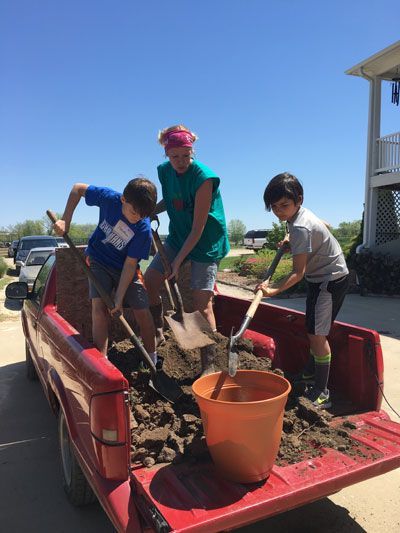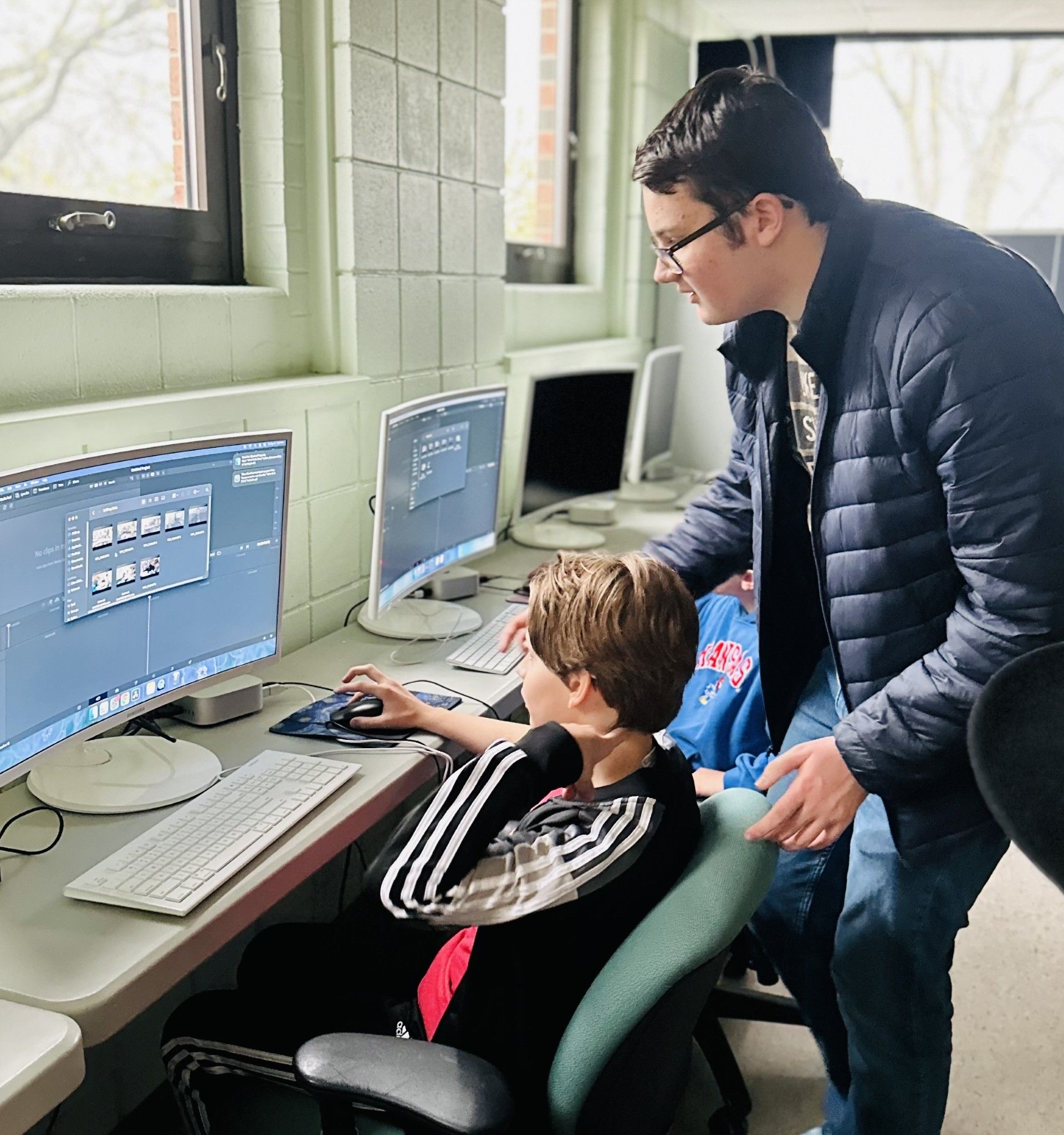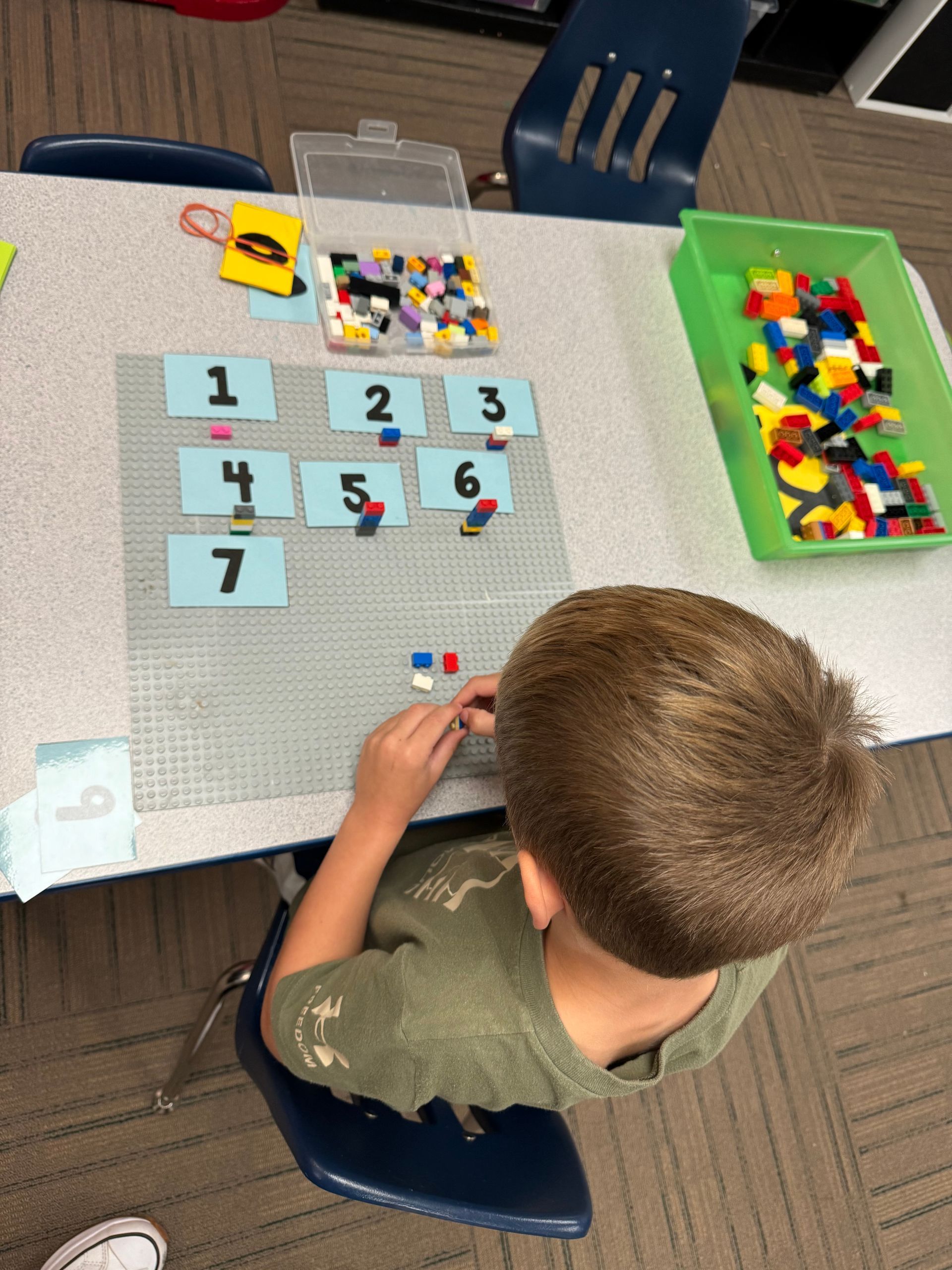By Angie Knight
•
April 6, 2025
Shepherding at Marian Hope Academy: Older and younger students learn side by side in a unique, family-like environment. We intentionally pair older students with younger ones to teach, guide, and build meaningful relationships. The goal? That every student feels seen, known, and loved as a valued member of our community. Beyond the Age-Based Classroom In many traditional schools, kids are segregated strictly by grade level – moved along like an assembly line from one grade to the next . Grouping by skill level (for example, in math or reading) can be useful, but grouping solely by age often creates a conveyor-belt experience and a spirit of competition (“Who’s ahead? Who’s behind?”) rather than collaboration. Research on mixed-age education shows that separating children by birth year limits opportunities for peer mentorship and social learning, whereas a multi-age setting encourages older and younger students to learn from each other naturally . Instead of comparing themselves to same-age peers, students in a mixed-age community focus on exploration and growth. Older kids step up as role models, and younger kids are inspired by their older peers – everyone benefits from this collegial approach . At Marian Hope Academy, we break down artificial age barriers through our Shepherding and Leadership programs, replacing the one-size-fits-all model with a more personal, growth-focused approach. Shepherding: Students Leading Students Our Shepherding program pairs older and younger students as buddies for the year. This could mean a 10th grader helping a 6th grader with a science project, or a 5th grader reading to a 1st grader. The older “shepherds” take younger ones under their wing – academically, socially, and spiritually – much like caring big siblings. These intentional relationships foster a culture where discipleship and leadership thrive hand-in-hand. Every week, our multi-age buddy groups meet to learn, play, and pray together, ensuring no child slips through the cracks. Here are some of the powerful benefits we see from our older-to-younger mentoring: Discipleship & Role-Modeling: Older students embrace a servant-leadership role, modeling Christ-like character, patience, and kindness for their younger buddies. They learn that leadership is not about bossing, but serving and guiding with love. This mentoring dynamic helps fulfill our mission of raising up faithful, well-rounded leaders. Belonging & Confidence for Younger Kids: Each younger student gains an “older sibling” figure who truly sees them. This nurtures a deep sense of belonging and confidence. The younger children know they have someone (besides teachers) who is invested in them personally – cheering on their progress, listening to their stories, and even helping navigate challenges. Every child feels noticed and valued. Leadership & Self-Confidence for Older Kids: Stepping into a mentor role pushes our older students to rise to the occasion. They become more confident and responsible as they realize younger peers look up to them. Guiding someone else reinforces their own knowledge and gives them a chance to practice leading by example. It’s amazing to see a shy middle-schooler transform into a poised leader when they’re helping a first grader learn a new skill! Empathy & Emotional Intelligence: Nothing teaches emotional intelligence quite like mentoring a younger child. Through shepherding, our older students develop empathy, patience, and better understanding of others’ feelings. They learn to adjust their communication and recognize when their little buddy is confused, upset, or excited – and how to respond with care. In fact, studies show that mentors often grow in empathy and moral reasoning through the experience. Younger students, in turn, feel safe and supported, which boosts their own social-emotional growth. Communication Skills: When an older student explains a concept to a younger peer, they must break it down clearly and kindly. This “teaching” builds strong communication skills – from active listening to simplifying complex ideas. Our student mentors learn to find creative ways to get points across (often turning lessons into fun games or stories), and they become more articulate and confident speakers in the process . Likewise, younger buddies practice listening and asking questions in a comfortable one-on-one setting. Planning & Executive Function: Being a shepherd isn’t just showing up – our older students actively plan activities and take responsibility for their buddies. Whether it’s organizing a small craft project or coordinating a game at recess, they learn to plan, manage time, and adapt when things don’t go as expected. This kind of real-world practice builds executive function skills like organization, problem-solving, and self-regulation. Meanwhile, the younger children benefit from the structured support and example of good habits. Through these ongoing interactions, we see beautiful friendships blossom. A 7th grader and a 3rd grader might bond over a shared love of art; a senior might discover his passion for teaching by helping a shy middle-schooler find her voice. Older students are not above younger ones – they partner together, each growing in different ways. As one educator wisely said, “Kids teaching kids is sometimes the best way to reach those who are struggling… For the older kiddos, re-teaching concepts strengthens their own understanding. They have to work on presentation skills and be clear in their instructions to their little buddies.” This peer-to-peer dynamic builds a joyful, collaborative atmosphere that feels more like a family than a factory-model school. Leadership in Action Every Friday We take student mentorship a step further with our Friday afternoon Leadership Classes. In these weekly sessions, the students become the teachers! Under staff guidance, our older students design and lead mini-classes and clubs for mixed-age groups, based on their talents and interests. It’s a highlight of the week for everyone. A group of high schoolers who are fluent in Spanish might run a fun Spanish class for the younger grades – teaching basic phrases through songs, games, and cultural activities. The little ones love learning from the “big kids,” and our high schoolers gain pride from using their bilingual skills in a meaningful way. Some of our athletic middle schoolers might host a Sports Camp, getting the younger kiddos moving with relay races, soccer drills, or an obstacle course. The older coaches learn teamwork and organization as they plan the activities, and the younger ones get active while bonding with their teen leaders. Our tech-savvy and creative students sometimes lead workshops like filmmaking and video editing. They might teach their peers how to storyboard a short film, operate a camera, or edit a video. By teaching these skills, the student-instructors reinforce their own knowledge and build confidence in their expertise. And that’s just the beginning – Friday leadership classes have included everything from music lessons to science experiments. We’ve had high school mentors teach younger students to play instruments and read music, older elementary students tutoring younger ones in math and reading, and tech mentors helping peers with computer skills . The variety is endless, driven by what our students are excited about. This approach transforms the typical “club day” into a rich leadership laboratory. You can imagine the pride on a 5th grader’s face when she successfully leads a science experiment for a group of 1st and 2nd graders, or the excitement among the little ones who get to learn from the big kids they idolize. Friday afternoons buzz with energy as collaboration replaces hierarchy – it’s truly students leading students. Shaping Servant-Hearted Leaders These Shepherding and Leadership programs are about more than academics – they’re about heart and character. By mentoring younger peers, our students discover a sense of purpose. They’re not just working for grades or gold stars; they’re investing in others. Older students begin to see themselves as leaders who can make a positive impact, and younger students learn that learning and leading go hand-in-hand at every age. It’s a beautiful cycle: the older pour into the younger, and in doing so find themselves growing too. Academically, the material sticks better when you teach it; socially, you gain patience and empathy; personally, you gain confidence and humility all at once. Most importantly, this all happens in a Christ-centered, collaborative atmosphere . Love and service are at the core of Marian Hope Academy’s culture. We often say we’re not just a school, but a family in Christ – and families take care of one another. Our Shepherding program breaks down the walls of “this is your grade, those are not your concern” and replaces it with “We’re all in this together.” Older students learn to put others first, embodying a servant-hearted mindset that will carry them into adulthood. Younger students, in turn, experience the love and guidance of older mentors and learn to become caring leaders themselves as they grow. This is how we strive to build strong leaders with humble hearts – the kind of well-rounded, compassionate individuals who will shine in high school, college, and beyond. At Marian Hope Academy, every child – from the tiniest kindergartener to the tallest senior – matters deeply. We are committed to nurturing each one’s God-given potential through innovative approaches like these. When students of different ages come together in mentorship, something special happens: competition fades, genuine connection grows, and students develop skills and character in tandem . Our prayer is that each MHA graduate leaves not only academically equipped, but also shaped by the experience of loving and serving others.






Share On: